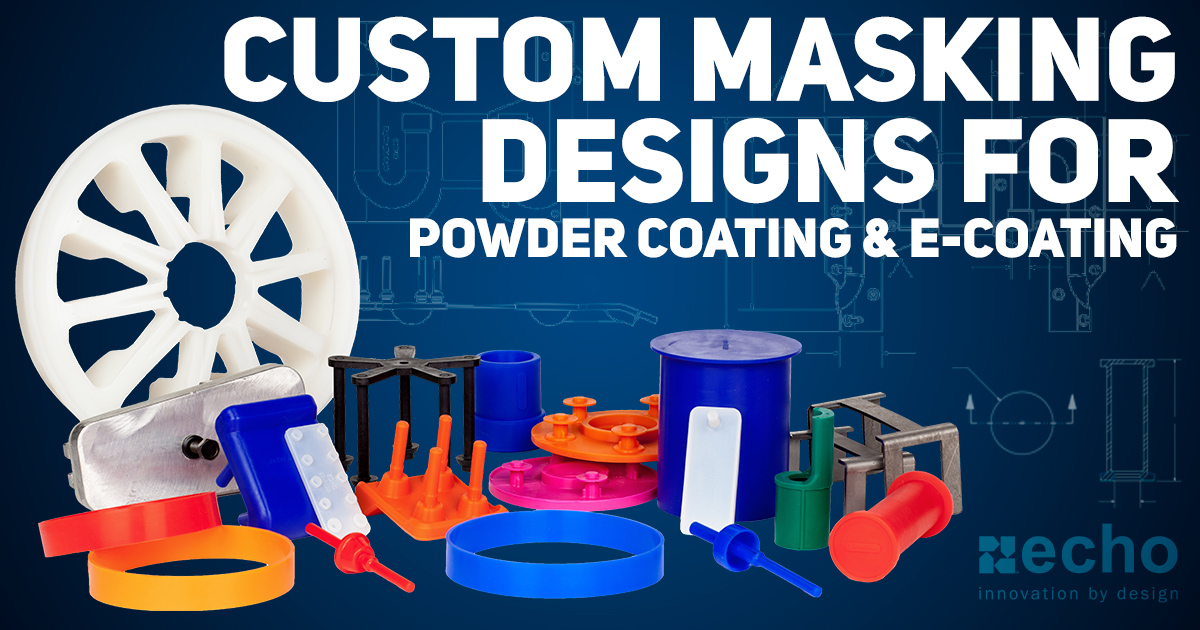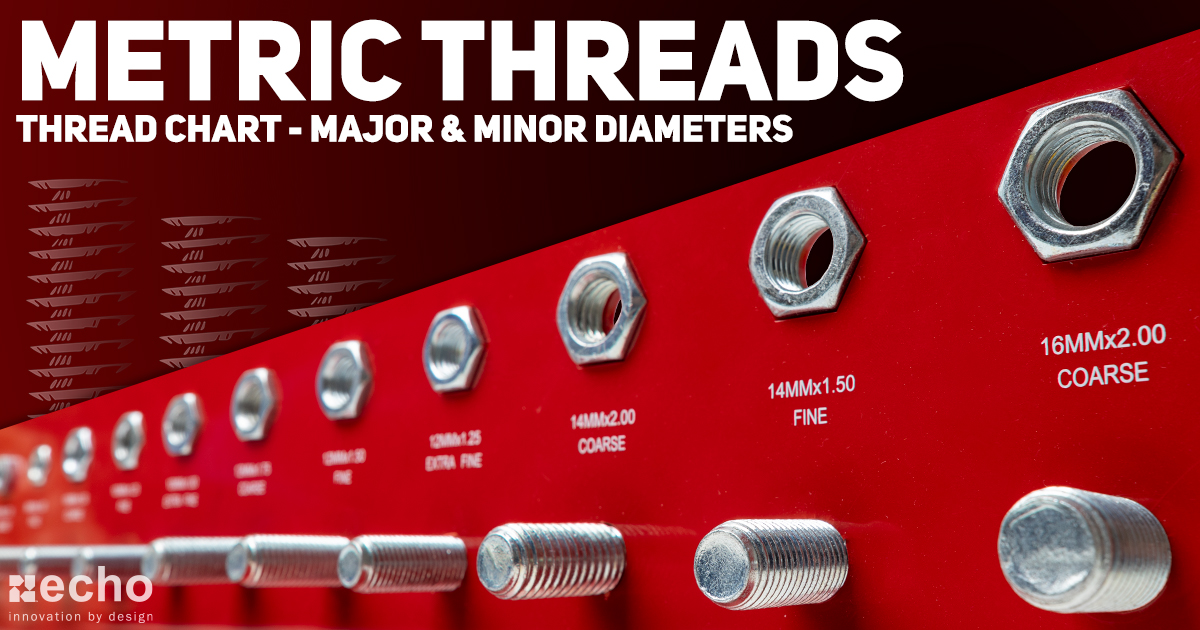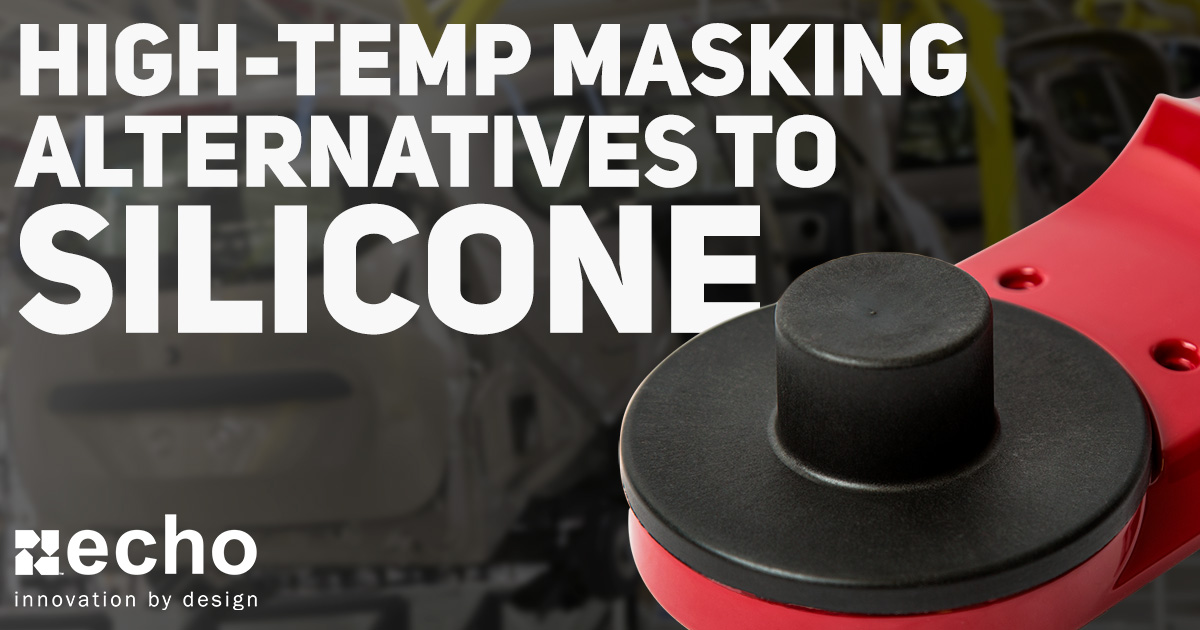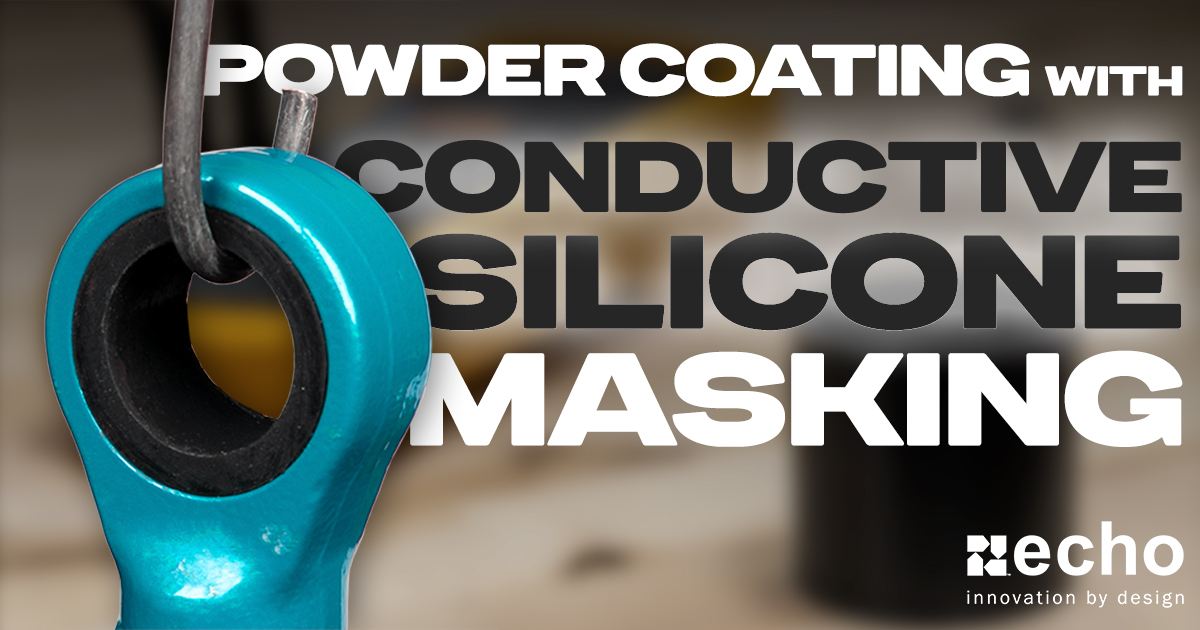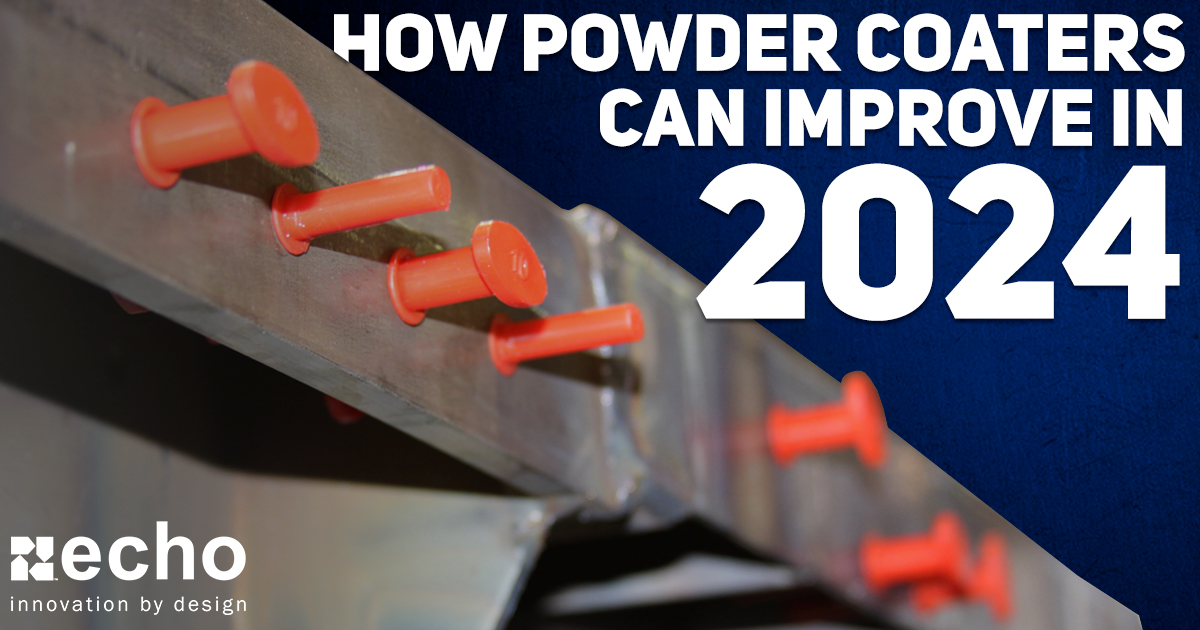Masking Ergonomics for High-Volume Manufacturing Lines
-
 By
Lee Lechner
By
Lee Lechner - Jun 20, 2022
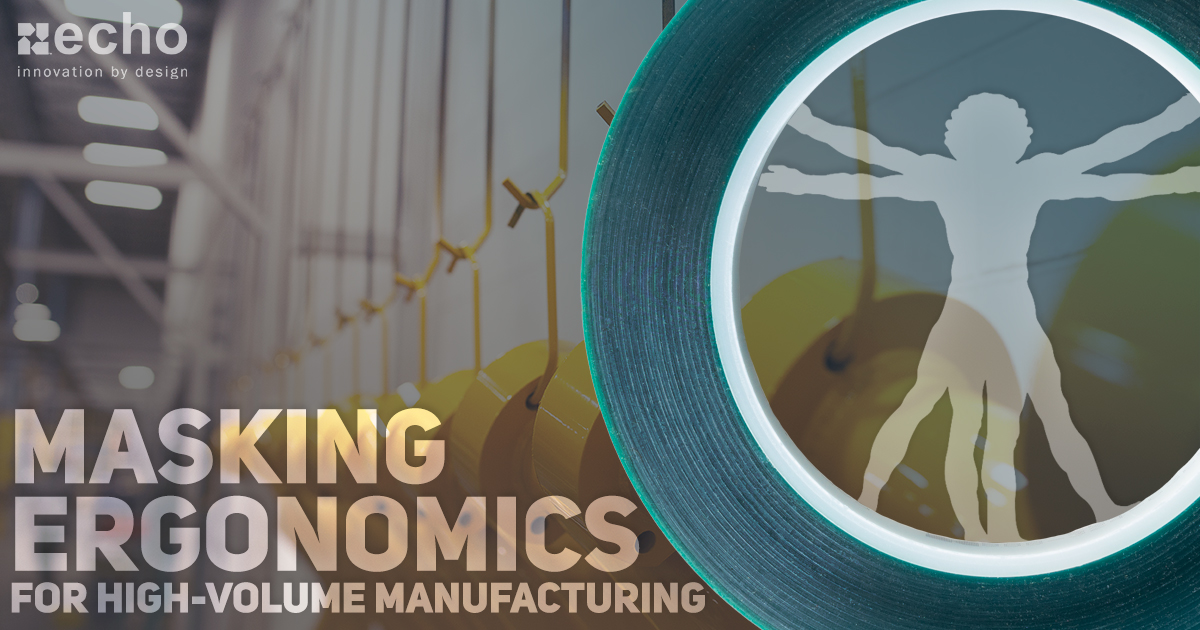
Repetitive motion injuries. Skilled labor shortages. Manufacturing line bottleneck. These are just a few of the many reasons why it's time to take a closer look into the ergonomics and efficiencies of your masking operations.
Why is this a big deal? With recent issues of labor shortages, intensive manual labor positions have not been the most appealing to job seekers. Taking preventive measures means finding ways of making a job easier to perform while decreasing the amount of discomfort or injuries they may encounter. It also means you need to find ways of getting new employees up to speed if you have plans for growth.
Throughout this post, we're gonna show you expert tips on how to improve your masking operations, from simple tips (such as color-coding) to advanced practices and designs we've created over the past 60 years.
Masking Ergonomics
Masking ergonomics is the engineered science of designing and implementing efficient masking solutions for a working environment. This process involves understanding how a masking product is or will be installed and removed, and determining if there is any way of making the process more efficient to increase output and reduce the risk of injury (from either repetition or complex installation/removal requirements).
Methods of Improving Molded Masking Ergonomics
There are a variety of designs and methods out there that can be used to improve your masking operations' ergonomics and efficiencies. Some of these that we've listed below will come down to your specific application and process requirements (i.e., you might use magnetic masking for powder coating, but most likely not for your emersion-based processes, like e-coating).
Integrate Masking Into Racking System
An opportunity for your masking operations is to integrate your masking solution into your racking/hanging system. There are various methods of doing this, but it mainly comes down to your specific application and process. Combining two steps into one can make a huge difference in line output.
Projects That This Has Been Implemented On: An automotive body panel manufacturer we work with installs masking products onto their rack system, adds the body panel on top, and sends it through their paint line. Once completed, they need to remove the finished panel and add the next one.
Proper Installation/Removal Forces
Optimizing installation and removal forces for masking solutions is not something you'll typically see from many masking providers. It comes down to proper sizing, design, and testing (for some instances).
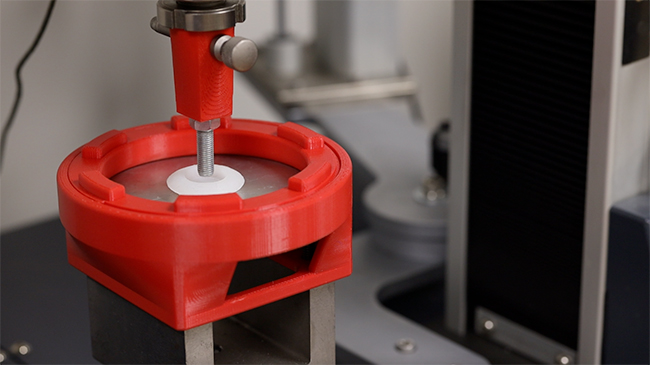

Optimize Pull Handle Length
Pull plugs have a handle that is used to pull the plug through a hole for installation and pull the plug out during the removal process. The size and design need to be optimized to make this process as easy as possible, without negatively impacting the coating process.
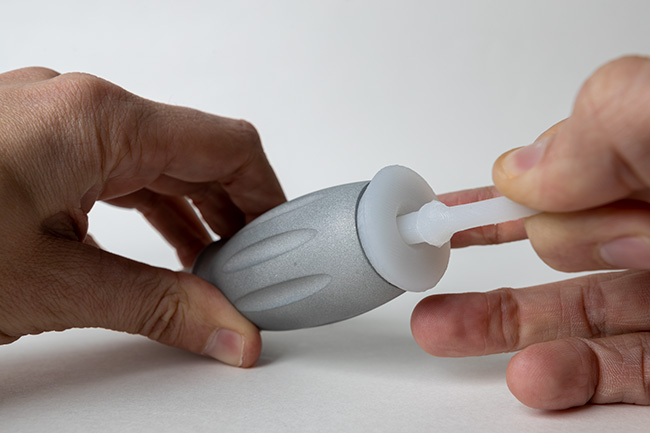

Magnetic Masking
This option isn't for every application, but it's an excellent method for quickly masking off surfaces with minimal effort for installation and removal. This method has pros and cons, so if you want to learn more, check out this post, where we cover magnetic masking more in-depth.
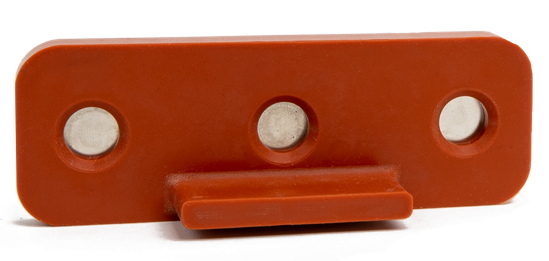

Adding Pull Tabs / Handles
Imagine trying to install/remove a complex mask with nothing to grab? This sounds like a basic concept, but it is one of many decisions masking engineers have to make when designing a solution. Correctly adding/sizing/designing pull tabs can and should be done when creating a masking solution. It would be best if you even went as far as to factor gloves worn during the installation or removal process (i.e., no gloves vs. thin gloves vs. thick gloves).
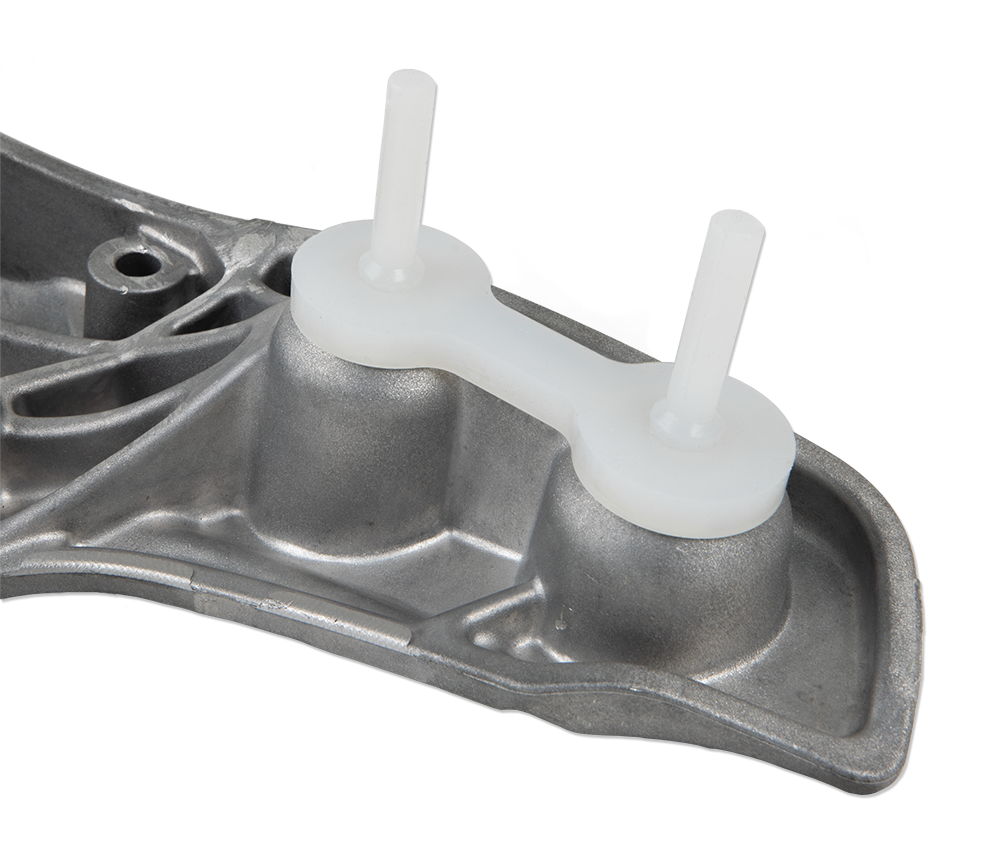

Sizing Plugs Correctly
If a plug is undersized, it's probably not practical. But, if a plug is oversized too much, it will make installation and removal way more complex, potentially resulting in fatigue and injuries.
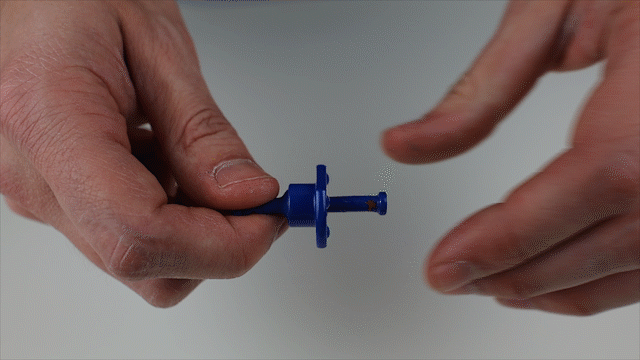

Color-Coding
When masking products are similar in size and shape, it can be challenging to differentiate them. When assembly workers have to sort through pieces, it can cause repetitive motion issues, as well as a result in wrong parts being used. We suggest color-coding masks using complementary colors or colors that are not very close.
Projects That This Has Been Implemented On: We've implemented this on countless projects, but a few projects that come to mind are how a shock tube manufacturer will use solid colored plugs for one month and then change them out for new ones that are a tie-dyed different color, like what is shown in the image. We've also had a body panel manufacturer use red for all their right side masks and blue for their left side masks.
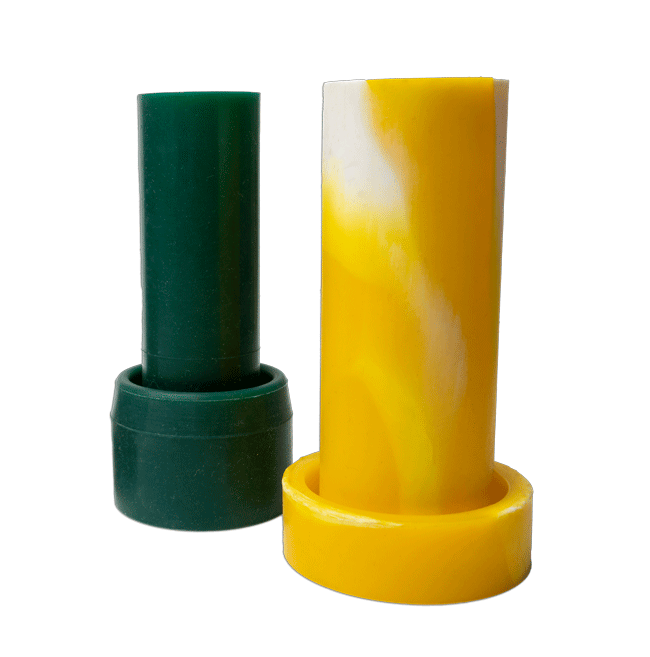

Avoid "Cupping" Designs
Any form of submersion-based processes (pretreatment, E-Coating, Plating, etc.) where the mask ends up "cupping" may result in liquids pooling inside the mask. To avoid this when developing custom masking solutions, the masking design engineers must understand how the product will run through your finishing line. On top of this wasting product, it also leads to more work for your team.
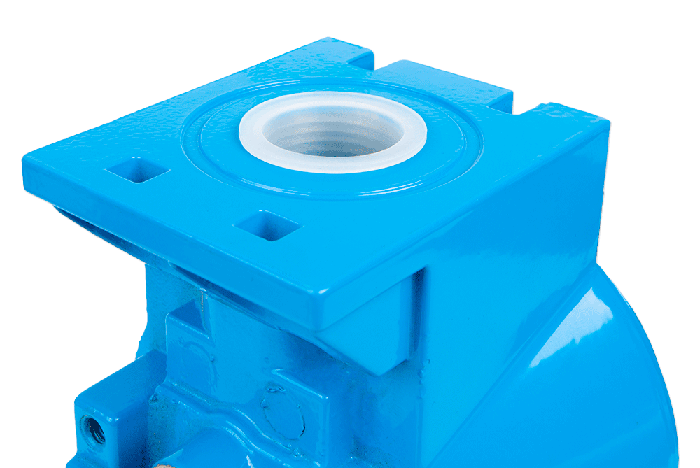

Draft Angles for Guiding Plugs In
Whenever you need to seat a plug, it is nice to have the end going in first to have a slight angle to feed into the hole more effortless than a blunt, flat end. This makes installation smoother and faster.
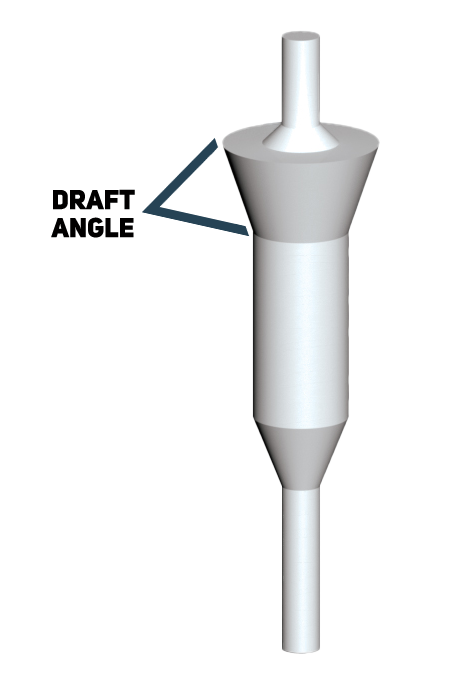

Methods of Improving Masking Tape Ergonomics
If you're manufacturing line is running at high volume, most likely you're going to want to stick with custom molded masking. With that said, there are still instances where you may still end up using adhesive tapes to mask off certain surfaces. If that is the case for you, there are a couple of ways of making your operations run more smoothly and efficiently.
Avoid Manually Cutting Tape
Manually cutting tape for every single surface that needs masked is going to be one of the biggest sources of problems for your operations. Having to use an X-Acto knife to make precise cuts is difficult, time-consuming, and becomes more and more of a risk factor the further your workers get into the day.
Adding Pull Tabs / Non-Adhesive Sections
Masking tapes are notorious for being difficult to remove after specific processes. When this is a significant concern/issue, we recommend adding pull tabs (such as what we use on our Green Poly Pull Tab Discs) or adding a section with no adhesive to allow you to pull up during removal quickly.
Project Example: Die-cut tapes used to cover automotive radiator labels. We developed a custom die-cut with a paper-lined area to make it easy to grab off the liner they come on and even easier to remove after going through the finishing process.
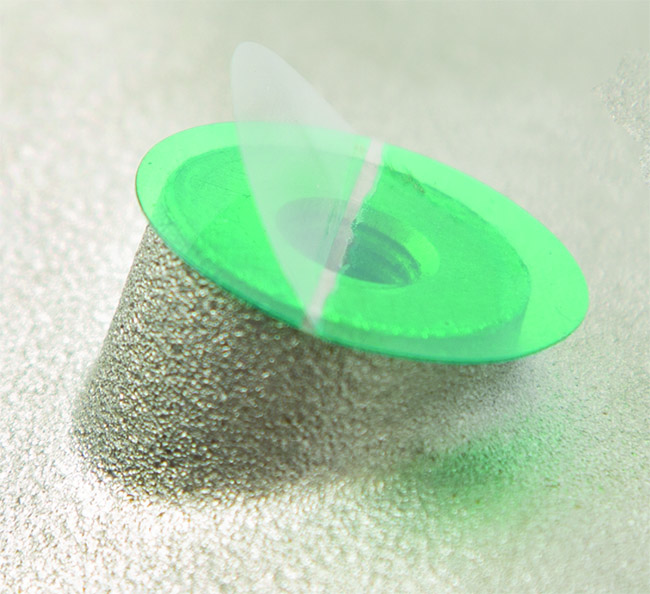

Masking Work Station Ergonomic Quick Tips
- Proper Spacing in Work Environment Around Masking Station: Keep everything they need within reach by designing your workstations around the people using them.
- Comfortable Mats: Hard floors become incredibly uncomfortable when you're standing on them all day. Mats are a good option for helping relieve the pressure of standing on a hard concrete surface.
- Proper Tools: We've seen customers use tools as simple as a T-handle Allen wrench to insert plugs and squeegees to apply masking tapes properly.
Conclusion
It's time to take action and prevent your masking operations from being your manufacturing line's bottleneck. We highly recommend looking into at least one of your masking points, doing a time study, and making a change to see how big of an impact it can make.
About Echo Engineering
Echo's role in all of this comes from our in-house engineer's subject matter expertise. For over 50 years, we've been designing masking solutions used to seal out pretreatment and coatings to meet tolerance requirements. We specialize in designing around your specific needs and requirements, whether a simple die-cut tape or an intricate custom-molded mask.




